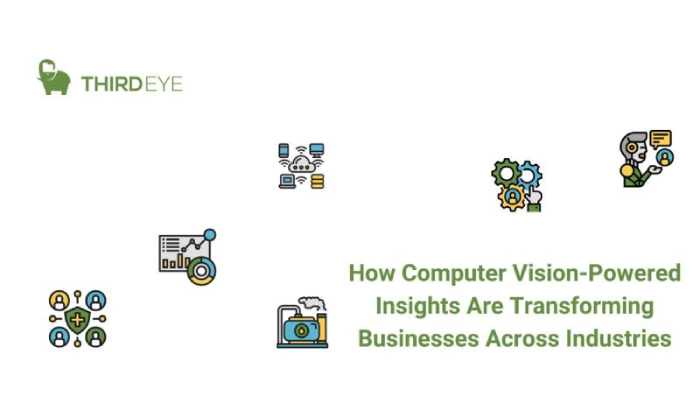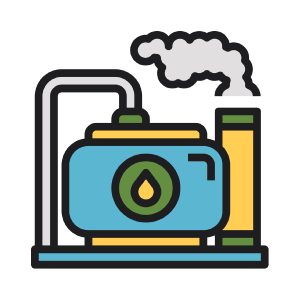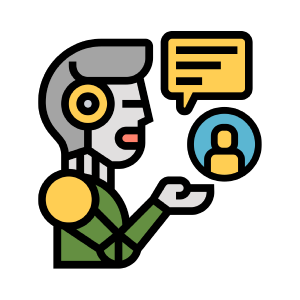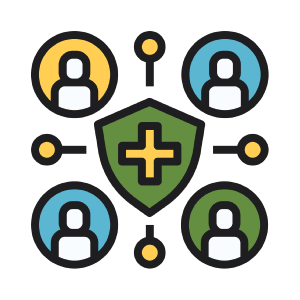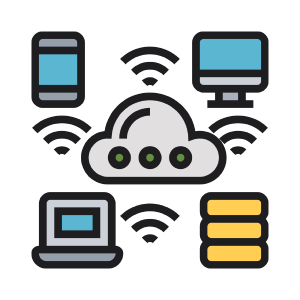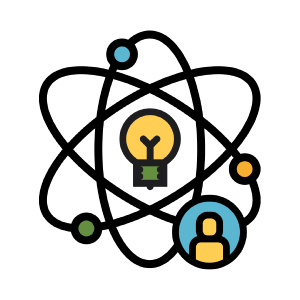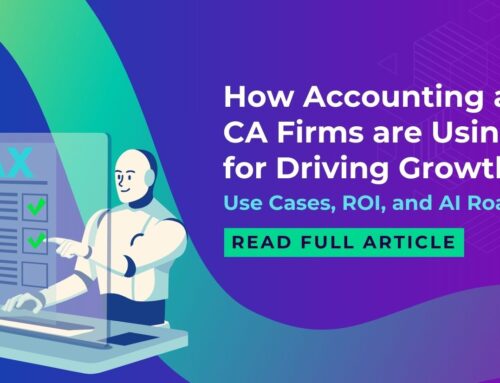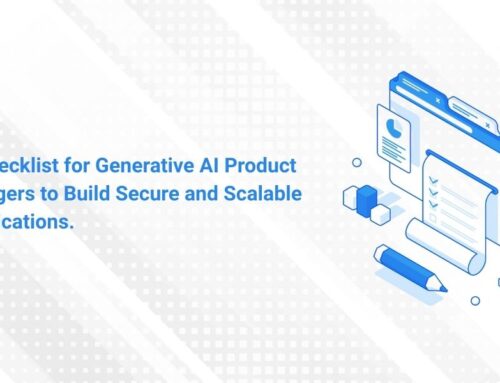How Computer Vision-Powered Insights Are Transforming Businesses Across Industries
Computer Vision has been around for decades, but in recent years, the technology has come leaps and bounds. Computer vision is an application of artificial intelligence that is able to understand and interpret images and is now capable of identifying and reacting to images with near-perfect precision due to developments in neural network technology. In fact, the accuracy of the technology has gone from 50% to 99% in less than a decade.
As computer vision becomes more advanced, its business applications grow – the global market size of computer vision was valued at $9.45 billion in 2020 and is projected to reach $41.11 billion by 2030.
Computer vision has applications across a wide range of industries, but in this article, we’re going to zoom in on six of the most promising sectors.
Energy and Utility
In the Energy and Utility industry, computer vision is powering more efficient operations, improving safety, and helping to prevent harmful accidents.
For example, computer vision-powered analyses of images of electric poles can detect defects in the poles, which may spark and turn into fires. Thanks to predictive maintenance technologies that flag these anomalies, utility companies can then make a decision as to whether or not the defect needs immediate attention – and prevent events as extreme as wildfires. For a more detailed explanation on how this technology works in the context of electric pole analysis, check out this piece written by COO of ThirdEye Data, Aparajeeta Das.
In addition to defect detection, computer vision applications in the energy and utility industry also include safety in the workplace and on-site. Deep learning algorithms can spot violations of safety protocols or intrusions of no-working zones by analyzing videos in real-time and alert staff members of the danger.
Hospitality
The Hospitality industry was one of the hardest hit by the pandemic, and many establishments were forced to digitize and innovate in order to stay afloat. Increasingly, restaurant chains are adopting AI innovations to help them drive efficiencies and minimize unnecessary costs.
Computer vision technology has allowed restaurants to reduce long customer wait times, optimize the use of the floor space, and even monitor mask compliance. For example, one startup is using computer vision technology to help quick-serve restaurants minimize incorrect orders and improve operations.
Meanwhile, Hellometer is leveraging computer vision to help restaurants speed up processes and evaluate the customer experience. Businesses use the technology to measure the amount of time spent in the drive-thru and waiting in the dining room and upgrade their security systems – helping them save up to $30,000 per year.
Healthcare
In recent years, the Healthcare industry has been increasingly leveraging computer vision to improve patient outcomes and drive operational efficiencies.
One of computer vision’s main applications in healthcare is to analyze images of scans – both to detect abnormalities in an individual and to identify patterns across thousands of scans that may inform physicians’ knowledge about a certain condition. Computer vision is often able to notice patterns that the human eye cannot pick up – supporting the diagnosis of a trained physician and helping to prevent human error.
In fact, a study in Nature found that visual AI systems demonstrated more accuracy than human radiologists when looking for signs of breast cancer in mammograms, reducing the number of both false positives and false negatives. By augmenting their analysis with computer vision, the human providers were able to reduce their workload by an astonishing 88%.
And it’s not just scan analysis where computer vision can support healthcare outcomes. The technology is also being used to prevent accidents in the hospital, by reminding staff members when they may have neglected to follow a certain protocol. For example, a camera powered by computer vision can detect when a provider has forgotten to sterilize a tool or left a foreign object in a patient during surgery, and subsequently notify them of the mistake.
Retail
In the Retail sector, the applications for computer vision are truly exploding. For example, retailers can leverage computer vision to create heatmaps and analyze footfall which provides insights into customer behavior and the volume of traffic in the store. This allows them to experiment with different merchandizing strategies and understand which is the most effective for making sales.
One retailer leading the way when it comes to advanced computer vision technology is Amazon. The company’s Just Walk Out technology allows shoppers to enter a store, grab what they want, and leave – all without having to scan an item or use a payment method. The AI simply detects which items have been taken by the shopper and the system charges their Amazon account.
Computer vision can also power effective inventory management, as the technology is able to identify the number of items or crates in an image or video, saving the human worker from having to manually count and input that data. These automated inventory cycle counts provide retail workers with real-time updates, allowing them to make informed decisions around the stock in lightning speed and minimize the time spent with items out of stock.
It’s no surprise then, that 64% of retailers plan to deploy data-driven solutions such as computer vision to optimize inventory management over the coming years.
Chip Manufacturing
As computer vision applications expand across the entire manufacturing sector, one specific area where it is helping to drive efficiencies and prevent malfunctions is Chip Manufacturing.
The technology can be used to detect defects in complex items like computer chips. RSIP Vision is doing exactly that – the company is leveraging AI to inspect semiconductors for defects that occur during the imprinting process.
The algorithm quickly identifies and classifies defects, massively reducing the amount of time that is usually spent on manually inspecting a product batch of the semiconductors, and preventing less-visible defects from slipping through the cracks.
Automotive
Computer vision has a wide range of use cases for the Automotive industry. The technology can be used for inspection during the production process – to detect flaws in products that may lead to faults down the line, as well as to analyze the assembly process to ensure quality standards are being met.
Cameras placed over the production line can detect these defaults and alert the manufacturing workers in real-time. In fact, in this study, computer vision algorithms were able to detect faults in brake parts with an accuracy of 95.6%.
Computer vision is also turning out to be an integral element of autonomous vehicles. The technology can be used to recognize objects on the road, create 3-D maps, detect lane lines, and for driving in low light. Leading electric car manufacturer Tesla announced in 2021 that it will be relying exclusively on computer vision rather than lidar and radar for its new cars. The company’s chief AI scientist stated that Tesla’s deep learning system is “a hundred times better than the radar.”
Thanks to its ability to help drive efficiencies, save time and resources, enhance accuracy and outcomes, and improve safety, computer vision technologies will see further adoption in the years to come. Businesses across industries should seek a reliable technology partner to support them in this process and ensure AI project success.


